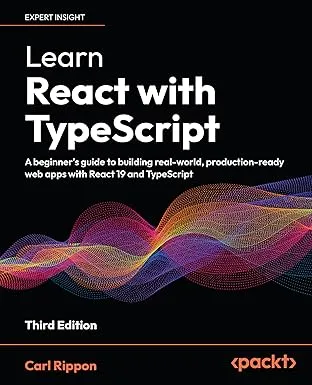Angular Event Binding Syntax
Angular 2’s binding syntax is a little strange at first but after a while it does make sense when you get familar with all the different types of bindings.
The basic syntax for event binding is …
eventName = "functionToCall()";… where eventName is a native DOM event and functionToCall is a function in the component’s class. You can pass the native event argument in using $event.
Below is an example of a search input component …
import { Component } from "angular2/core";
@Component({ selector: "my-search", template: ` <input #criteria type="text" placeholder="Enter criteria" (keypress)="preventNumbers($event)" /> <button (click)="search(criteria.value)">Search</button> `})export class MySearchComponent { preventNumbers(e) { console.log(e.keyCode); if (e.keyCode >= 48 && e.keyCode <= 57) { // we have a number return false; } } search(criteria) { console.log("search for " + criteria); }}Some key points …
- On line 6 we bind to the keypress event on the textbox calling the preventNumbers() function. We pass in the native event argument using $event
- On line 6 we also use a local variable, #criteria, so that we can reference the textbox in the button’s binding on line 7
- On line 7 we bind to the click event on the button calling the search() function passing in the value of the search textbox.
Learn React with TypeScript - 3rd Edition
NewA comprehensive guide to building modern React applications with TypeScript. Learn best practices, advanced patterns, and real-world development techniques.
View on Amazon